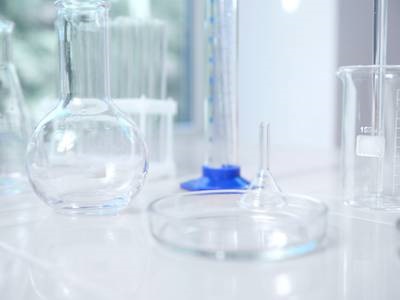
by Keerthi Sindhu Harsha Ram, Applications Scientist II, Molecular Biology with Life Sciences and Lab Plastic Essentials at Thermo Fisher Scientific
Chemicals, radioactive substances, and biological specimens are all commonly utilized in research labs and, if mishandled, can cause harm. However, one of the most essential resources in the lab is likely not what people expect, but can be a deciding factor for contamination in your research – the labware used daily across nearly all experiments. If broken, glass can be tainted with harmful chemicals or infectious materials and could cause harm to lab personnel, turning a key lab instrument into a physical hazard. Some of the most common reportable accidents in the lab are often due to broken glass and people getting cuts, injuries, or exposure to chemicals. As a result, lab safety programs have become more and more critical as time goes by, and many labs are turning to reusable plastic instead of glass labware in the lab to reduce these risks.
Read more on Labcompare.